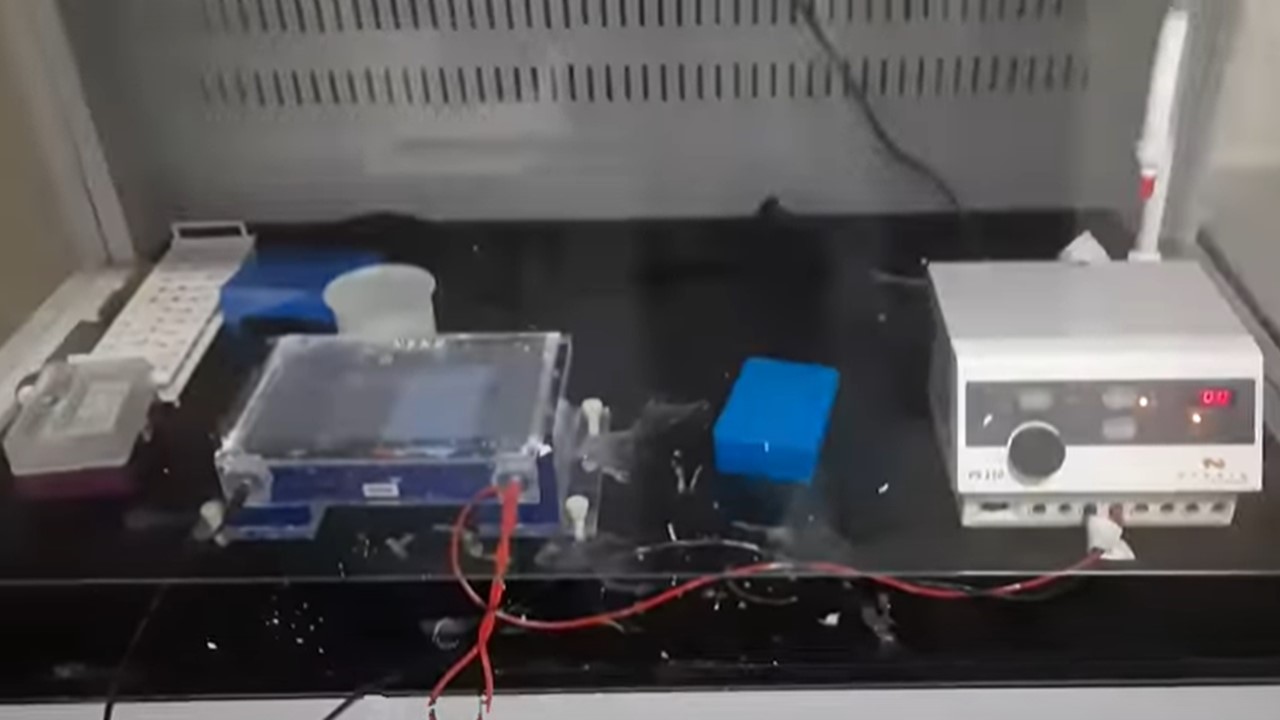Fungal Identification by NGS: Introduction, Principle, Test Methods, Test Procedure, Result-Interpretation, Clinical Significance, and Keynotes
Introduction Fungal identification by NGS (Next-Generation Sequencing) uses advanced DNA sequencing. Moreover, it rapidly detects diverse fungal species. It enhances diagnostic accuracy. Additionally, it supports personalized treatment decisions. Principle NGS sequences fungal DNA directly. Consequently, it generates millions of short DNA reads. Then, bioinformatics tools …



